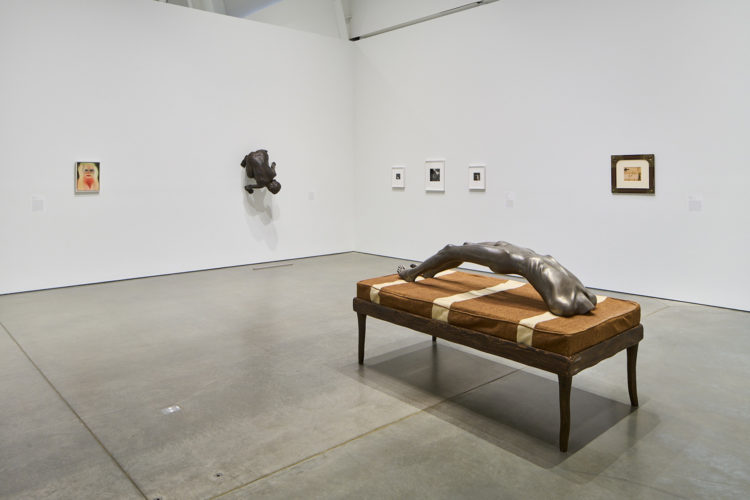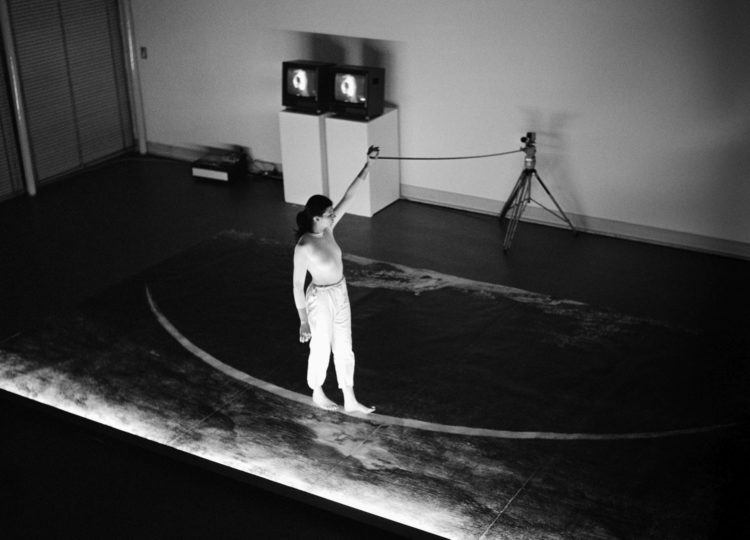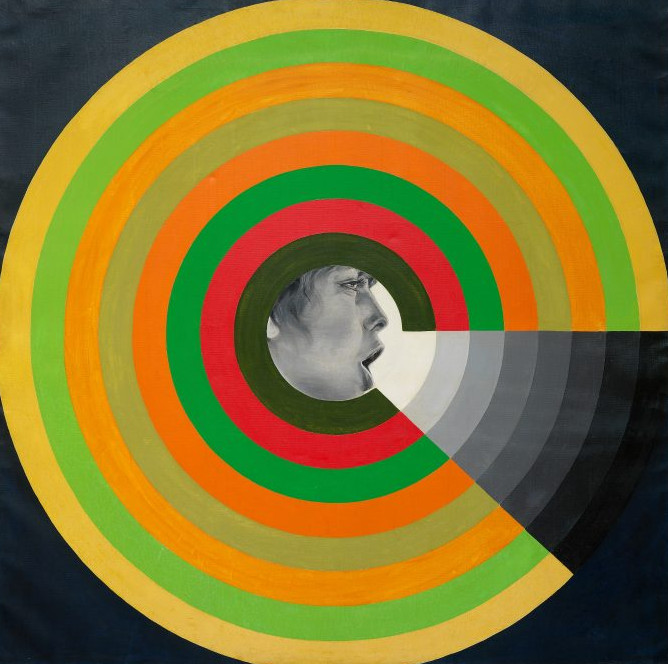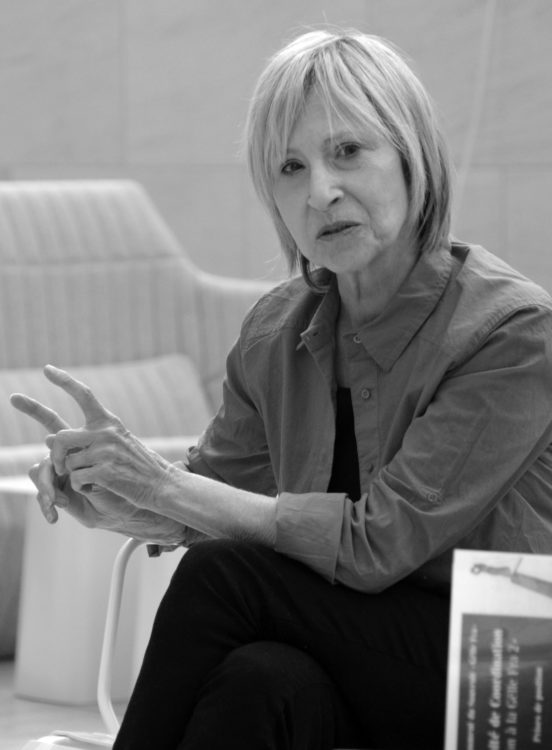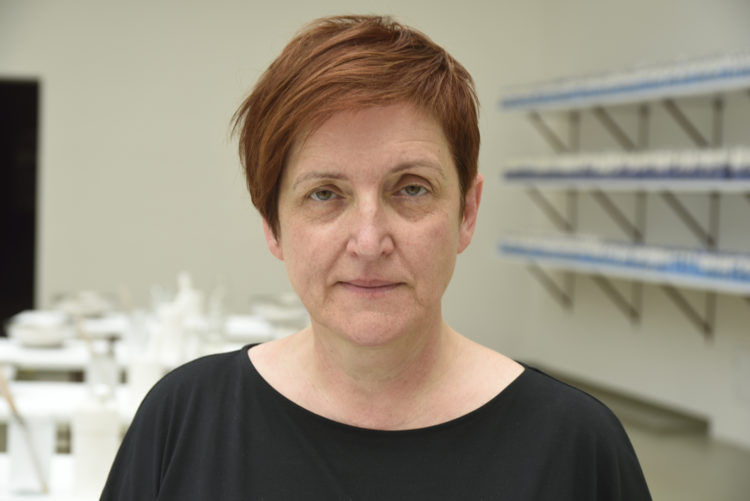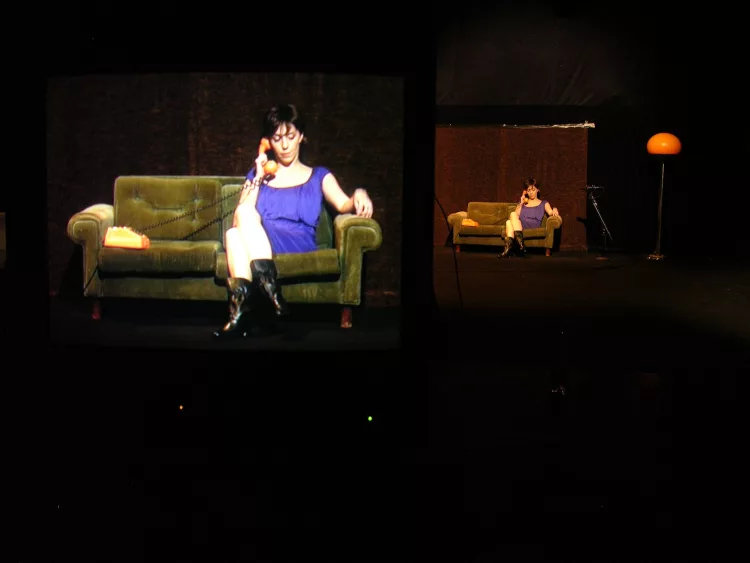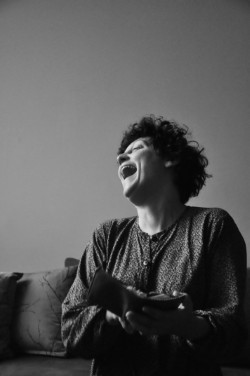Dara Birnbaum
Faus, Clàudia (ed.), Objectes relacionals. Col·lecció MACBA 2002-2007, Barcelona, MACBA, 2009
→Karen, Kelly, Schroder, Barbara, Vandecaveye, Giel, Dara Birnbaum: The Dark Matter of Media Light, exh. cat., SMAK – Stedelijk Museum voor Actuele Kunst (4 April–6 September, 2009); Museu de Arte Contemporânea de Serralves, Porto (25 March– 4 July, 2010), Gent/Porto, Stedelijk Museum, Fundaçaô Serralves y Prestel, 2011
→Morril, Rebecca (ed.), Great Women Artists, Londres, Phaidon, 2019
Dara Birnbaum: The Dark Matter of Media Light, Museu de Arte Contemporânea de Serralves, Porto, 25 March–4 July, 2010
→Dara Birnbaum: The Dark Matter of Media Light, SMAK – Stedelijk Museum voor Actuele Kunst, Gent, 4 April –6 September, 2009
→Dara Birnbaum, Wien Kunsthalle, Vienna, 8 October–9 November, 1995
American video artist.
Born in 1946 in New York, the city where she still works and lives, Dara Birnbaum studied architecture and urban planning at Carnegie Mellon University, Pittsburgh (1969) and painting at the San Francisco Art Institute (1973). In 1976 she received a degree in video and electronic editing at the New School for Social Research in New York. She taught classes together with Dan Graham (1942–2022) at the Nova Scotia College of Art and Design, Halifax in 1978–1979.
In 1978 she began to make videos to engage with the forms of expression and mechanisms that characterise television, and the way it presents political events and propagates popular cultural stereotypes. Since then she has been considered one of the most innovative figures in the contemporary art discourse regarding TV. In her multimedia installations and experimental, provocative videos, she uses visual technology to deconstruct the power of images in the mass media and the acts that define contemporary mythology. Her 1978–1979 video Technology/Transformation: Wonder Woman inaugurated the feminist questioning that has linked her practice to the trend in American feminist criticism influenced by structuralism and Lacanian psychoanalysis. Attack Piece (1975) was one of her first two-monitor installations. Placed on opposite walls, the screens show footage recorded during a struggle or performative confrontation between the artist and several friends, including D. Graham, Ian Murray (b. 1951) and David Askevold (1940–2008). The action took place in Halifax, Nova Scotia, in 1975.
One of the most emblematic pieces in D. Birnbaum’s extensive body of work is Rio Videowall, presented in 1989 at the Rio Shopping Complex in Atlanta, Georgia. This wall of digital interactive videos, integrated into the shopping centre’s architecture, was one of the first such installations shown in a public space in the United States.
Her work has been widely visible internationally. Among her career retrospectives, the most outstanding included those presented at the Fondazione Prada Osservatorio in Milan (2023), the Hessel Museum of Art in Annandale-on-Hudson (New York state, 2022), the Miller Institute for Contemporary Art in Pittsburgh (2022), the Porto Museu de Arte Contemporânea de Serralves (2010) and the Gent Stedelijk Museum voor Actuele Kunst (SMAK, 2009). She participated in Documenta 7, 8 and 9 in Kassel (1982, 1987 and 1992, respectively), as well as multiple editions of the Venice Biennale. Her work is represented in collections held by the Belvedere and the Generali Foundation in Vienna, the SMAK, the New York MoMA and the Barcelona Museu d’art contemporani (MACBA).
A biography produced in collaboration with MACBA Museu d’Art Contemporani de Barcelona as part of the programme « Role Models »
© Archives of Women Artists, Research and Exhibitions, 2024


















